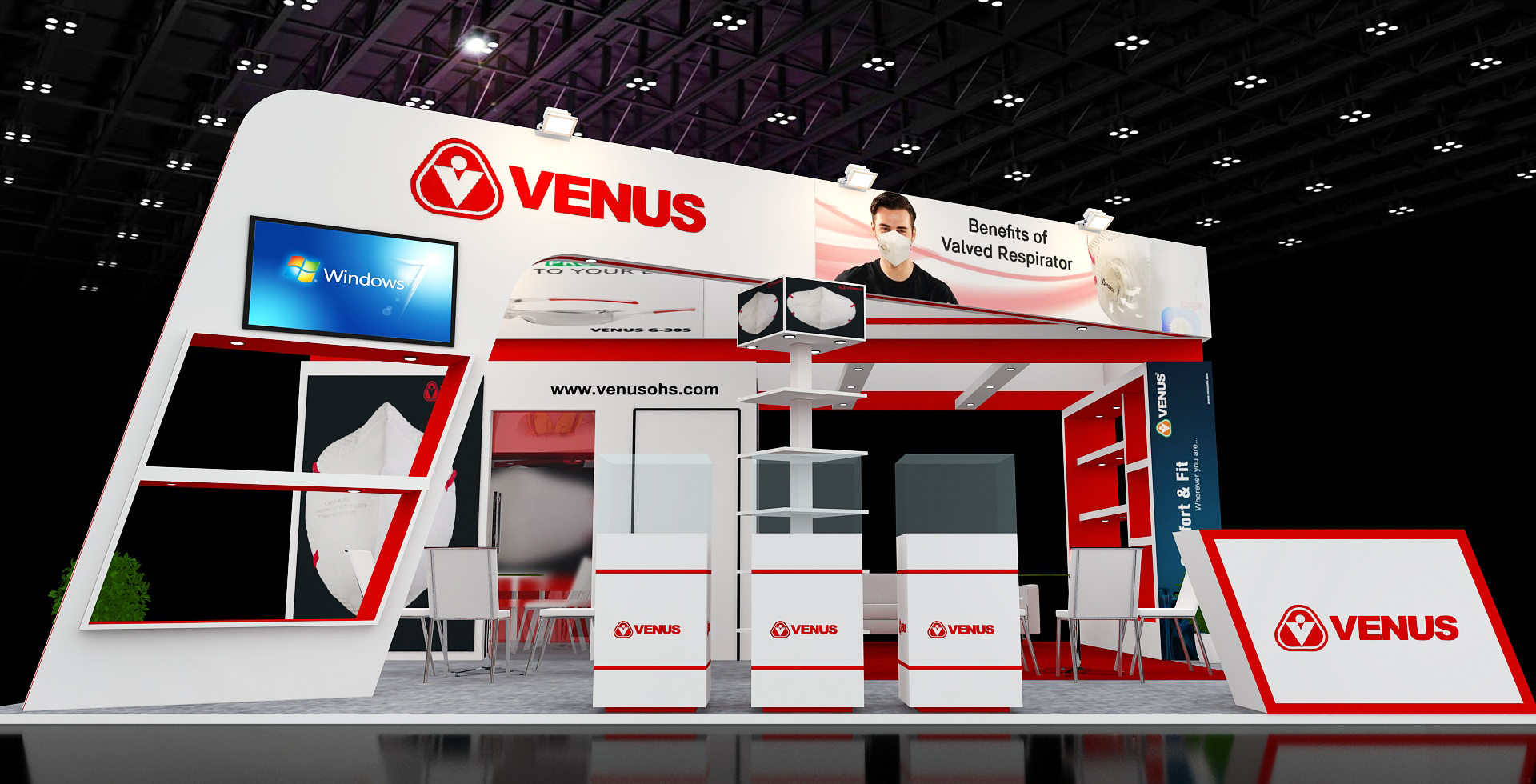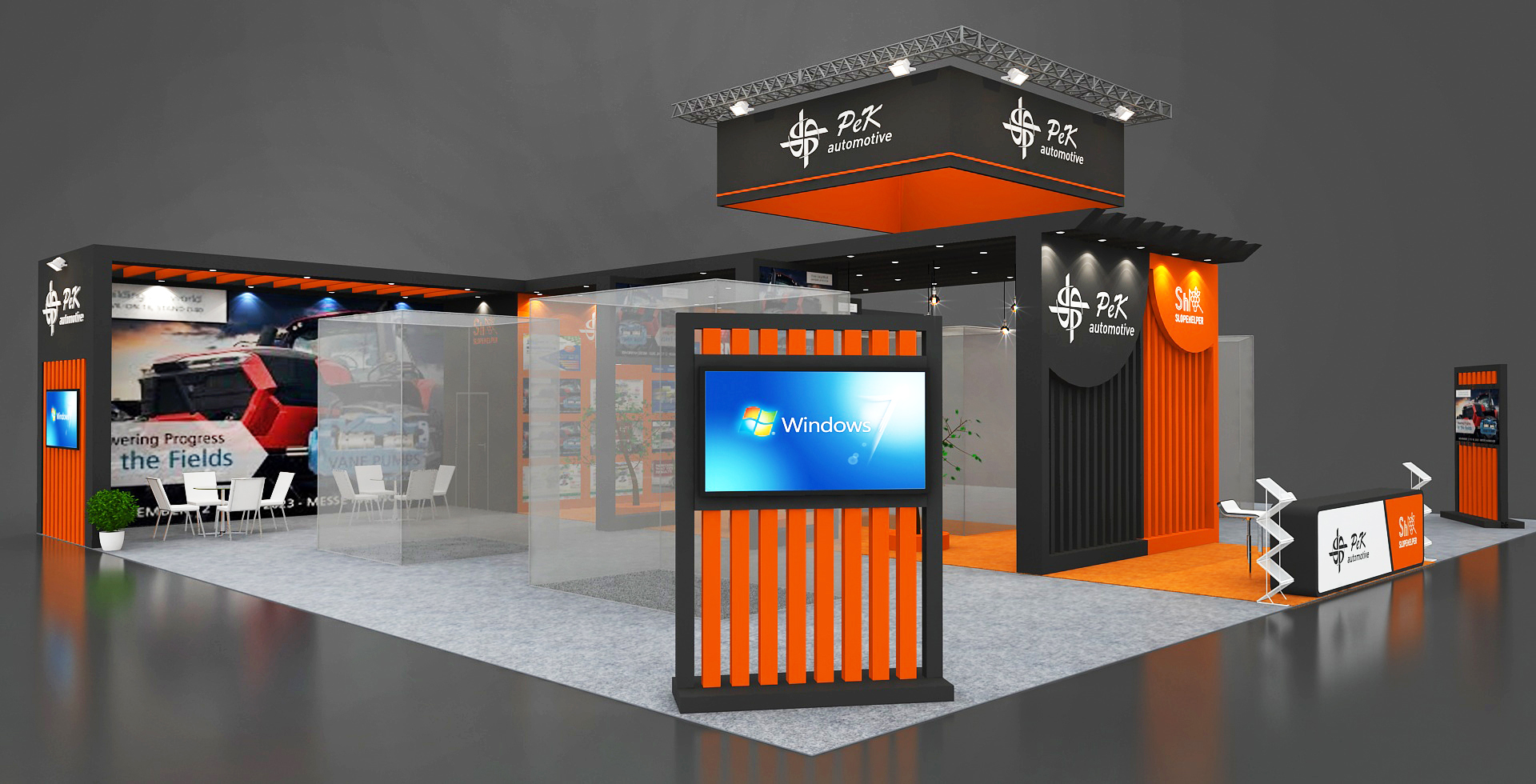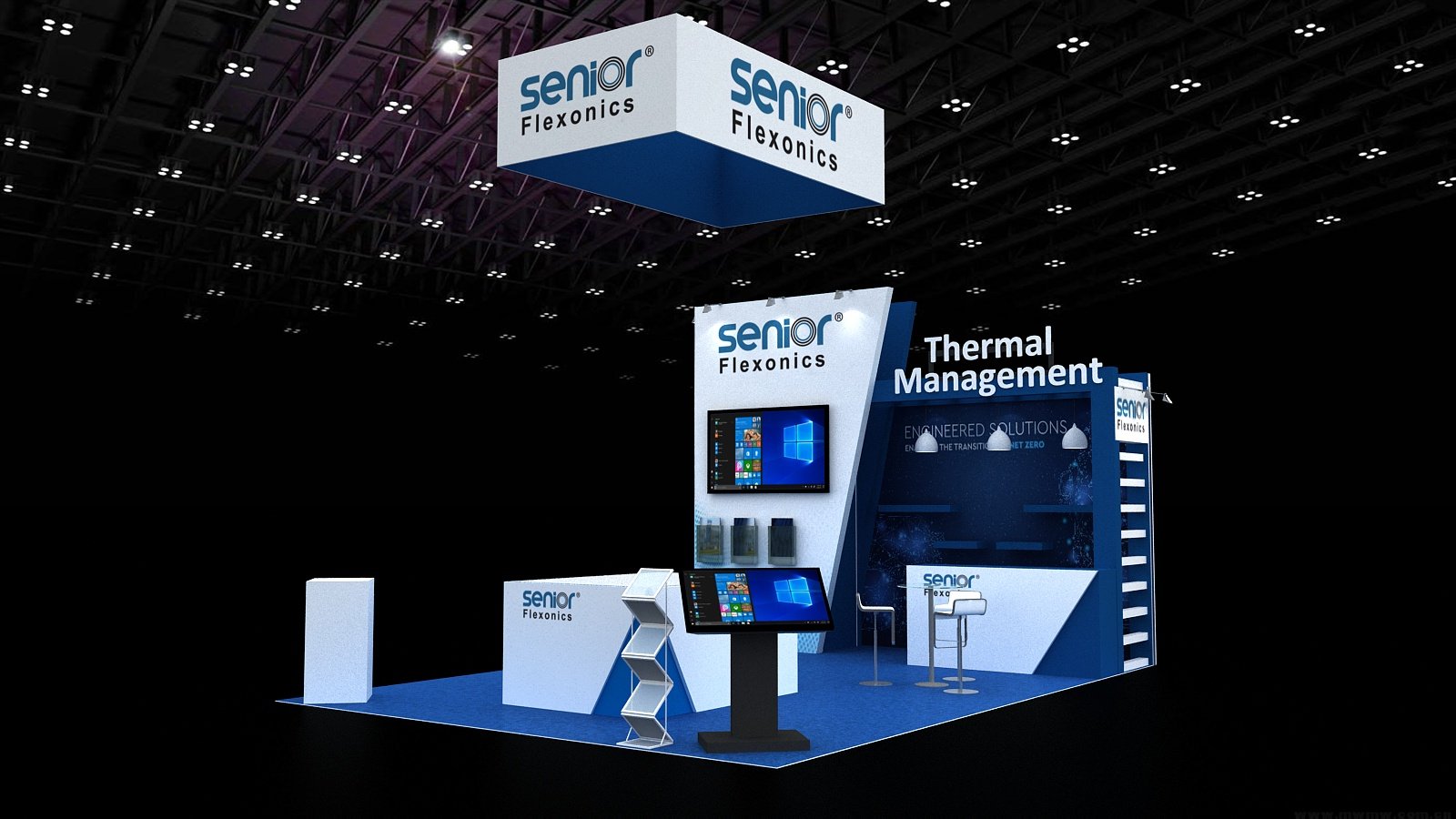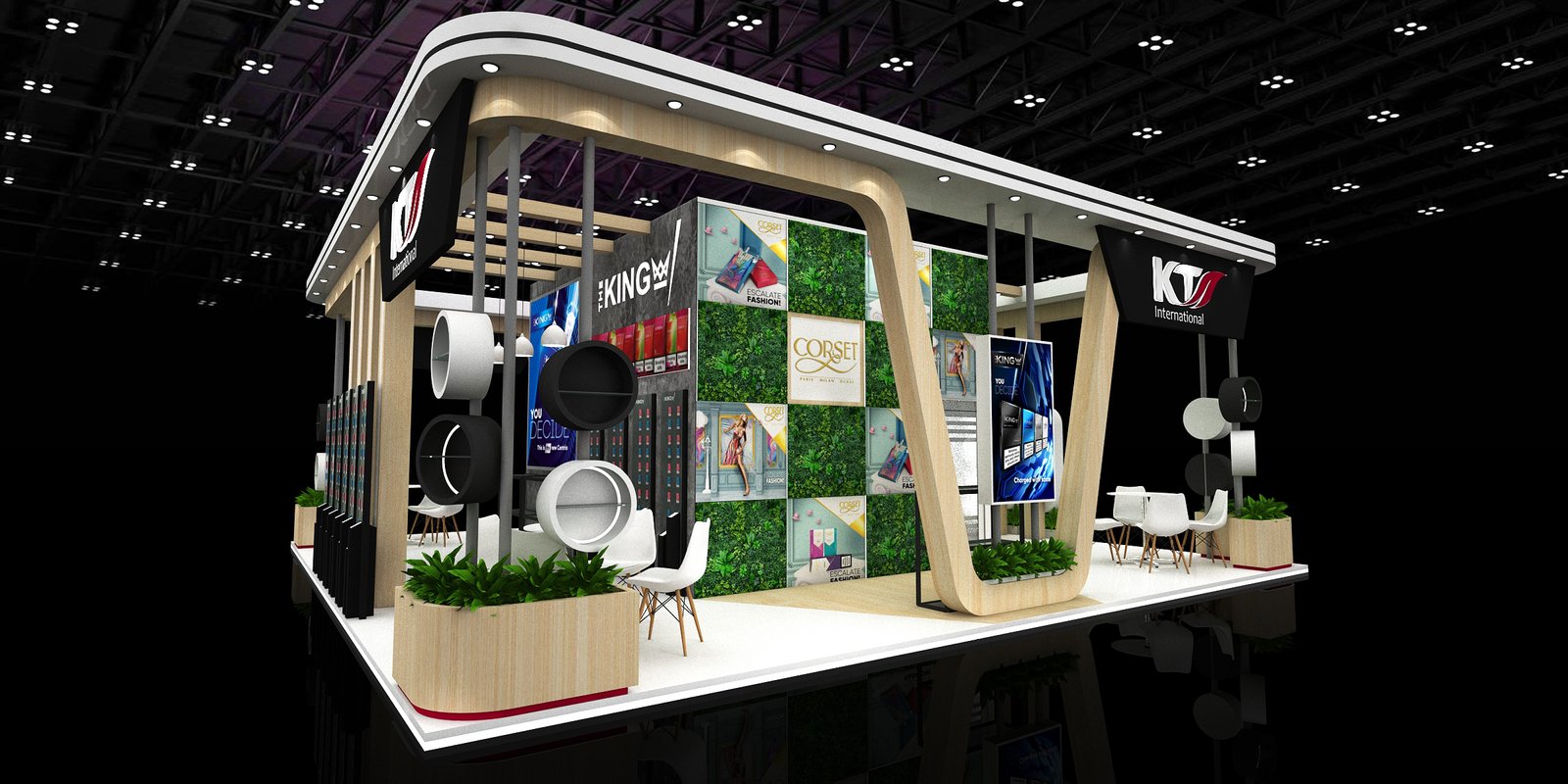A Step-by-Step Guide to Planning Your Exhibition Booth in Cologne
Planning an exhibition booth in Cologne can be a rewarding yet challenging task. Cologne, known for its vibrant trade fair scene, hosts numerous international events annually, making it an ideal location to showcase your products or services. Partnering with an exhibition booth builder in Cologne can ensure that your booth is professionally designed and stands out among the competition. A well-planned exhibition booth can attract potential clients, create networking opportunities, and enhance your brand visibility. This step-by-step guide will help you navigate through the process of planning a successful exhibition booth in Cologne.
Step 1: Define Your Goals
Before diving into the logistics, it's essential to establish clear goals for your exhibition. Are you aiming to generate leads, launch a new product, enhance brand awareness, or network with industry professionals? Defining your objectives will shape every aspect of your planning, from booth design to marketing strategies.
Step 2: Research the Event
Cologne hosts a variety of trade fairs, such as Gamescom, Anuga, and photokina. Each event attracts a different audience and offers unique opportunities. Research the event thoroughly to understand its target audience, industry focus, and previous exhibitors. This information will help you tailor your booth to align with the event's theme and attract the right visitors.
Step 3: Budgeting
Creating a detailed budget is crucial for managing your expenses effectively. Your budget should cover booth rental, design and construction, travel and accommodation, marketing materials, staffing, and miscellaneous costs. It's advisable to allocate some contingency funds for unexpected expenses. Having a clear budget will ensure you can make informed decisions without overspending.
Step 4: Book Your Space Early
Popular trade fairs in Cologne can sell out quickly, so it's essential to book your exhibition space well in advance. Early booking not only secures your spot but may also provide cost benefits. Consider the location of your booth within the exhibition hall, as high-traffic areas can significantly impact your booth's visibility and footfall.
Step 5: Booth Design and Layout
Your booth design should reflect your brand identity and attract attention. Here are some key considerations:
Layout: Plan the layout to ensure smooth visitor flow. Include areas for product displays, demonstrations, seating, and storage.
Graphics and Branding: Use high-quality graphics and clear branding to create a visually appealing booth. Ensure your company name and logo are prominently displayed.
Lighting: Good lighting can enhance your booth's appeal. For emphasis, combine task, ambient, and accent lighting.
Interactive Components: To keep visitors interested, include interactive components like touch screens, product demos, or virtual reality experiences.
Step 6: Marketing and Promotion
Promoting your participation in the exhibition is essential to attract visitors to your booth. Utilize various marketing channels:
Social Media: Create buzz on social media platforms by posting updates, teasers, and behind-the-scenes content.
Email Marketing: Send personalized invitations to your existing clients and potential leads.
Press Releases: Announce your participation through press releases to reach a broader audience.
Event App: Many trade fairs have dedicated event apps. Ensure your profile is updated and leverage the app's features to connect with attendees.
Step 7: Staffing
Your booth staff plays a crucial role in representing your brand and engaging with visitors. Select knowledgeable, friendly, and enthusiastic team members. Conduct training sessions to familiarize them with your products, company values, and exhibition goals. Equip them with the skills to approach and engage visitors effectively.
Step 8: Logistics and Travel Arrangements
Coordinate logistics and travel arrangements well in advance to avoid last-minute hassles:
Shipping: Arrange for the timely shipping of booth materials, products, and marketing collateral. Check the event's guidelines for shipping and handling.
Accommodation: Book accommodation for your team close to the event venue to minimize travel time and expenses.
Transport: Plan transportation for your team and materials to and from the exhibition venue.
Step 9: On-Site Setup
Arrive at the venue early to ensure ample time for booth setup. For a seamless setup procedure, adhere to following steps:
Check Inventory: Verify that all booth materials and products have arrived in good condition.
Assemble Booth: Follow the design plan to set up your booth. Pay attention to details like lighting, signage, and interactive elements.
Test Equipment: Ensure all electronic equipment, such as screens and audio-visual devices, are functioning correctly.
Conduct a Dry Run: Walk through the booth to identify any potential issues and make necessary adjustments.
Step 10: During the Exhibition
Once the exhibition is underway, focus on maximizing your presence and engagement:
Engage Visitors: Approach visitors proactively, initiate conversations, and demonstrate your products or services.
Collect Leads: Use lead capture tools to gather visitor information for follow-up. Provide incentives to promote participation, such as freebies or competitions.
Network: Attend networking events, seminars, and workshops to connect with industry professionals and potential partners.
Monitor Performance: Track key metrics such as foot traffic, lead generation, and social media engagement to evaluate your booth's performance.
Step 11: Post-Exhibition Follow-Up
The post-exhibition phase is crucial for converting leads and maintaining relationships:
Analyze Results: Review the data collected during the exhibition to assess your performance against your goals. Determine what was successful and what needs to be improved.
Follow-Up: Reach out to the leads you collected promptly. Send personalized emails, provide additional information, and schedule follow-up meetings.
Evaluate ROI: Calculate the return on investment by comparing the costs incurred with the benefits gained, such as new leads, sales, and brand exposure.
Debrief: Conduct a debriefing session with your team to gather feedback and insights. Document these findings to improve future exhibitions.
Conclusion
Planning an exhibition booth in Cologne involves meticulous preparation, strategic planning, and effective execution. By following this step-by-step guide, you can create a compelling booth that attracts visitors, generates leads, and enhances your brand's presence in the market. Remember to stay flexible and adapt to any challenges that arise, ensuring a successful and rewarding exhibition experience.











